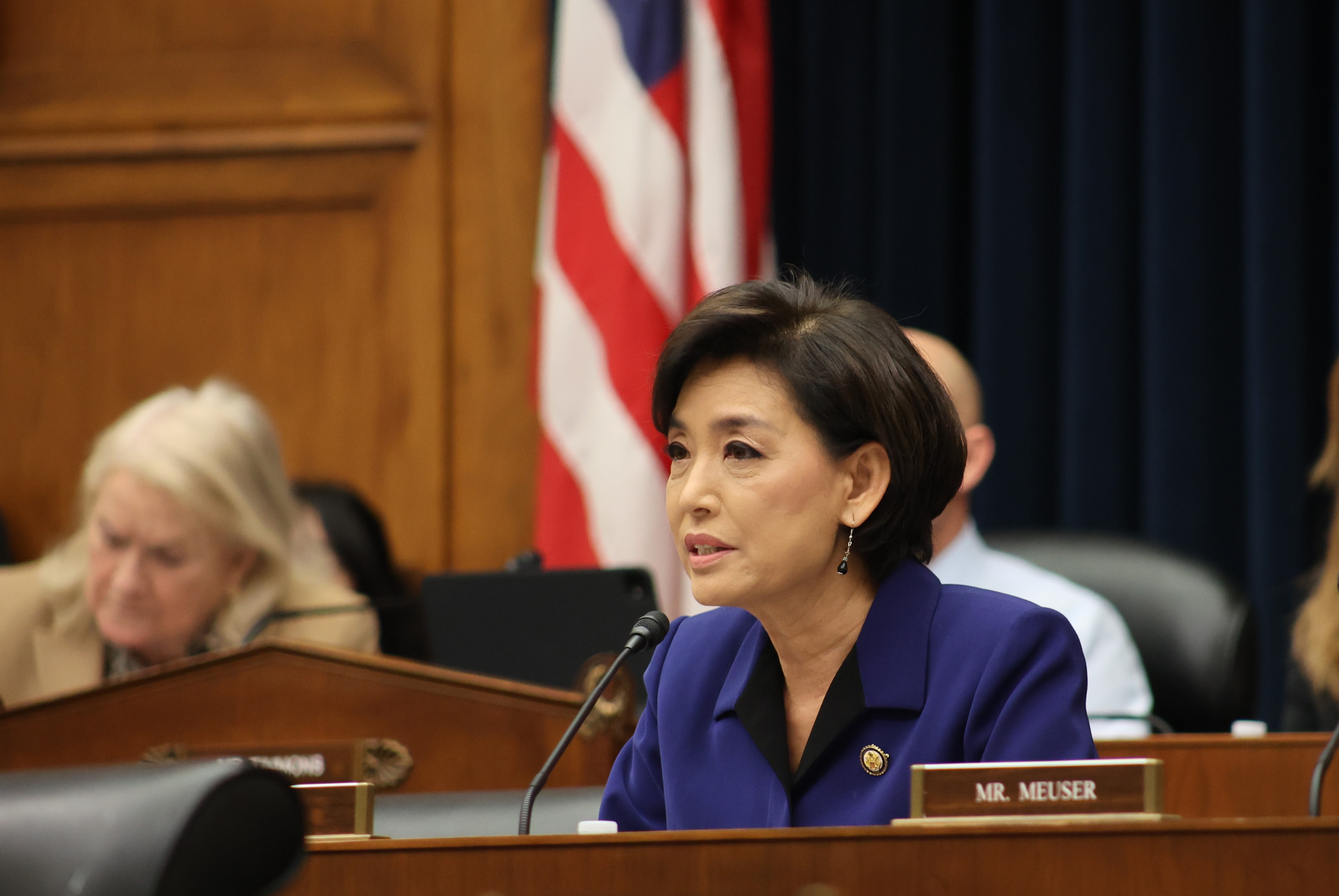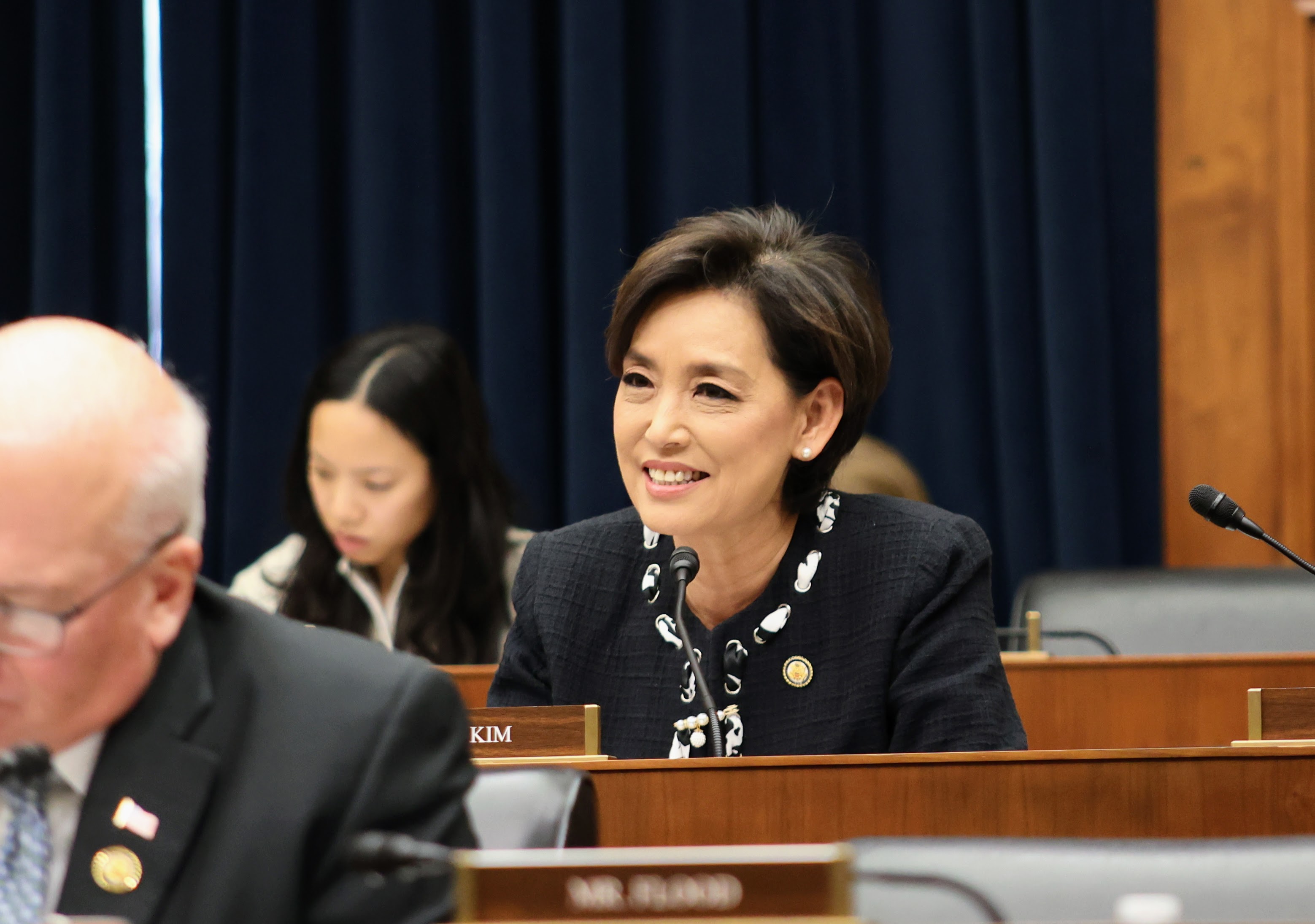U.S. Reps. Bill Huizenga (R-MI), Andy Barr (R-KY), and Young Kim (R-CA) want their concerns answered about supervisory activity conducted prior to the collapse of Silicon Valley Bank (SVB).
The Santa Clara, Calif.-headquartered SVB, which the Federal Reserve jointly supervised with the California Department of Financial Protection and Innovation, failed and was placed into Federal Deposit Insurance Corporation receivership on March 10.
Specifically, the lawmakers seek answers to numerous questions regarding supervision of SVB by the Board of Governors of the Federal Reserve System and the Federal Reserve Bank of San Francisco, as well as their collective supervision of SVB’s financial holding company, SVB Financial Group.
In a March 23 letter sent to Michael Barr, vice chair for supervision of the Board of Governors of the Federal Reserve System (FRB), and Mary Daly, president and CEO of the Federal Reserve Bank of San Francisco (FRBSF), the members also demanded to see all communications between the FRB and FRBSF, along with the regulators’ communications with SVB and SVB Financial Group regarding supervisory determinations.
“As policymakers, Congress needs to understand how FRB staff and FRBSF examiners seemingly missed numerous red flags and failed to use their supervisory and enforcement tools to correct the firm’s numerous financial and management deficiencies,” wrote the lawmakers.
By the end of 2022, SVB held $212 billion of assets, $175 billion in customer deposits, $26 billion of fair value in available-for-sale assets, such as Treasuries and agency-backed securities, and $91.3 billion in the amortized cost of held-to-maturity assets with fair market value of $76.2 billion, according to their letter.
In addition, SVB had $15 billion of outstanding loans from the Federal Home Loan Bank of San Francisco and was its top borrower with 20 percent of total outstanding advances, they wrote.
“Rapid deposit withdrawals in early 2023 led the firm to reportedly sell relatively long-duration securities at prices below acquisition prices to obtain liquidity. The upside-down scenario on asset values occurred given the backdrop of the rapid, Federal Reserve driven interest-rate-hike program,” wrote Reps. Barr, Kim, and Huizenga.
And along with the decreased value of its assets, approximately 87 percent of deposits by value were, reportedly, uninsured at SVB.
“This too should have been a regulatory red flag,” the members wrote. “This high concentration of uninsured deposit value represented an outlier relative to financial institutions of similar size. By contrast, regional banks have told our offices that they typically have closer to 50 percent of deposits by value insured.”
They pointed out that because SVB Financial had more than $100 billion of total consolidated assets it was designated a Large Banking Organization and subject to enhanced supervisory and prudential standards. They also wrote that, according to reports, Federal Reserve staff had clear indications that SVB was deficient in both its interest rate risk management and balance sheet management that could have been mitigated before its failure.
“If these reports are accurate, it is concerning that Federal Reserve staff did not intervene in a timely manner and use the powerful supervisory and enforcement tools available to prevent the firm’s failure and subsequent market uncertainty,” the lawmakers wrote.
Rep. Kim, Rep. Huizenga, and Rep. Barr requested that Daly and Barr answer more than a dozen questions by April 6, including how FRB and FRBSF staff assess a firm’s risk management when there is rapid growth and movement through the regulatory tailoring tiers, if staff at the FRB and/or the FRBSF were aware that the firm was seeking to raise $2.25 billion in additional capital, and how supervision and examination of SVB and SVB Financial were coordinated, among others.




